The field of A.I. in electronic music should have great potential for developing new approaches to the ever-present issue of how to address the ever-changing challenges with respect to how to develop new strategies in the realm of education, with a particular focus on so-called "STEAM" programs, for example.
What if we could train an AI to recognize patterns in a musical passage, or collection of musical passages and then apply whatever rules that we can deduce for the purpose of creating new compositions? Perhaps some very interesting results might be obtained from a system that employs just a few "virtual neurons", whether that might mean that it might need a network where the number of nodes only a few "dozens" or "hundreds" of nodes, instead of numbering in the billions, that is - in order to achieve some interesting results - is something yet to be determined.
Traditional digital audio workstation software (DAW), however, is not oriented toward the manipulation of unusual, and in particular, custom data structures, such as the types of data structures that might be generated internally, if we were to use a Tensor-Flow or GPT-style model in the domain of input analysis. So this will require custom software on the PC, side of things, or on the Raspberry Pi side of things, if we go that route, i.e., with respect to any issues with content creation that might arise.
Then there are the issues of hardware interfacing with traditional electronic instruments, and/or interfaces, where a much simpler, and therefore easier to implement, set of requirements will need to be addressed. For this, we might want to implement a simple Z-80, 6502, Arduino, Propeller, or Pi-based interface.
This project will proceed on several "forks" therefore, with a view toward providing a balanced, and integrated approach to the issues discussed so far, while at the same time providing a cohesive framework that works in each of those domains. The emphasis, therefore, will be in "getting something up and running", that WORKS, on the one hand, and yet which provides, "room to grow" - while documenting the paths and steps taken, as well as some of the pitfalls, encountered along the way.
Economic factors will need to be taken into account. Obviously, when developing hardware and software materials that might be within reach of the programs that might be offered by many middle schools; as well as the secondary "college prep" educational frameworks; there is the possibility that some school districts might want to invest in perhaps hundreds if not thousands of "systems". Therefore, if recycled materials that are widely available can be repurposed and for good use, then any approach which makes such a good use, thereof, while at the same time integrating "state of the art concepts" will clearly be seen as being superior to many other initiatives, no matter how lofty their achievements.
 glgorman
glgorman
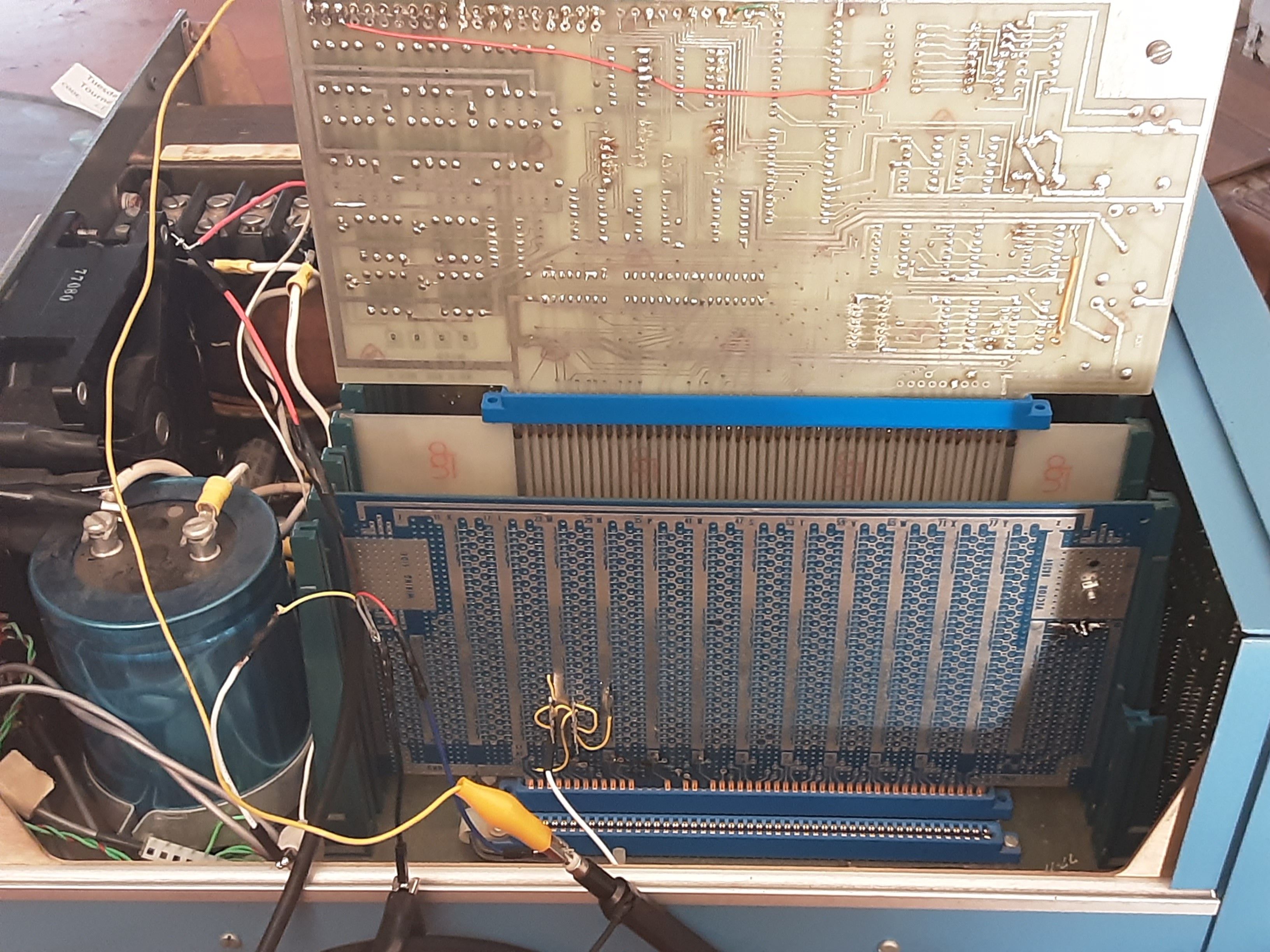
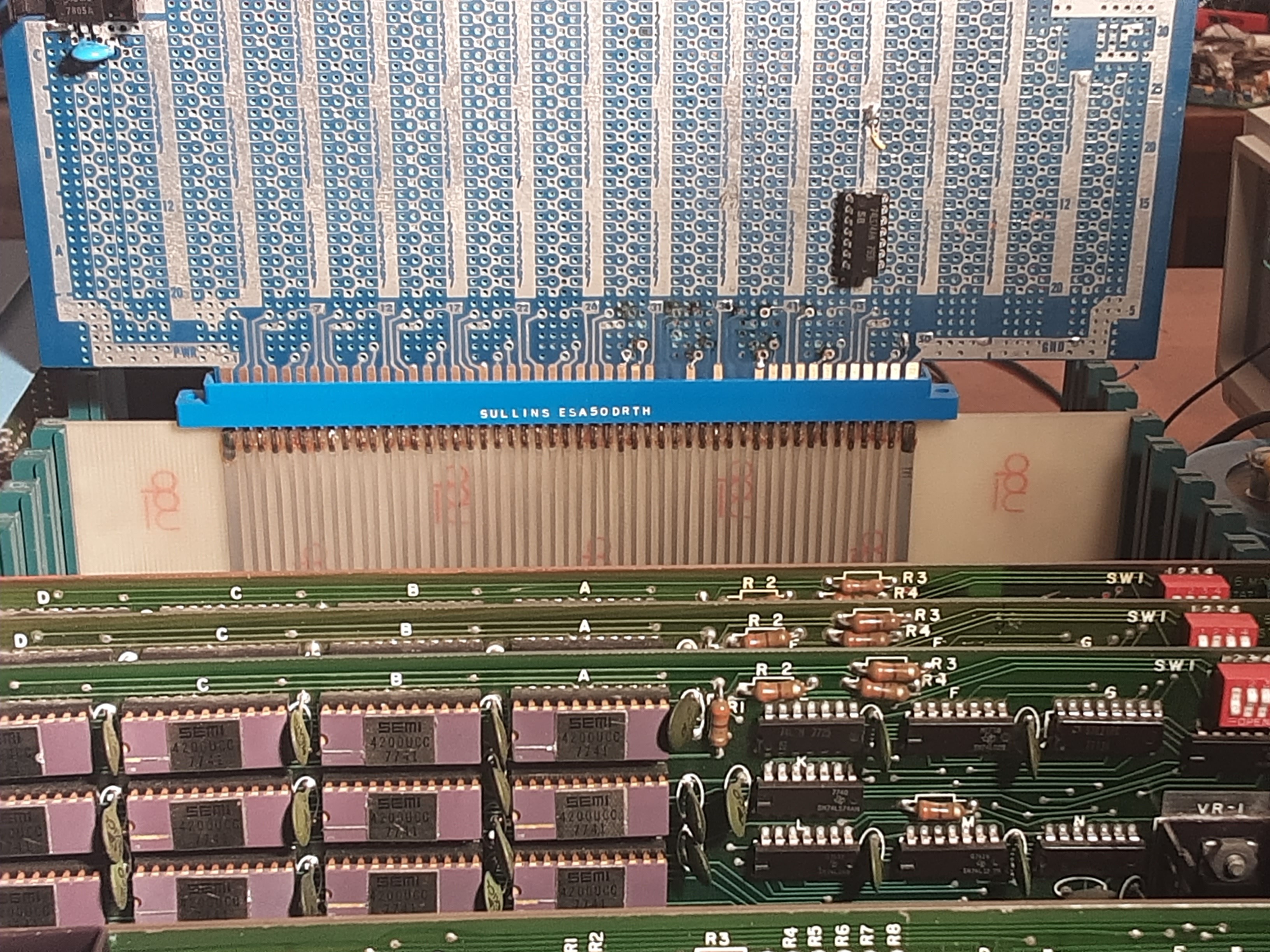
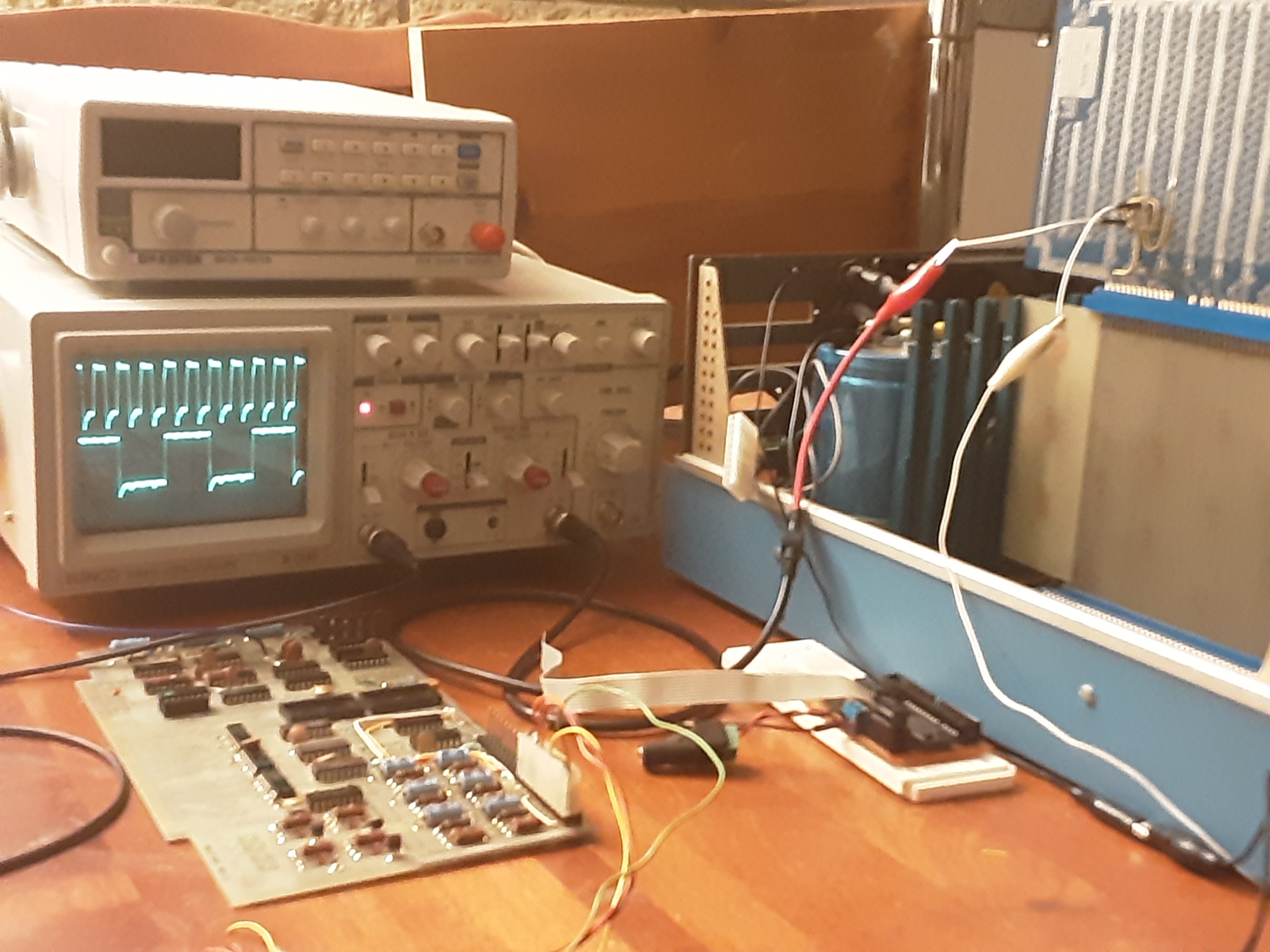
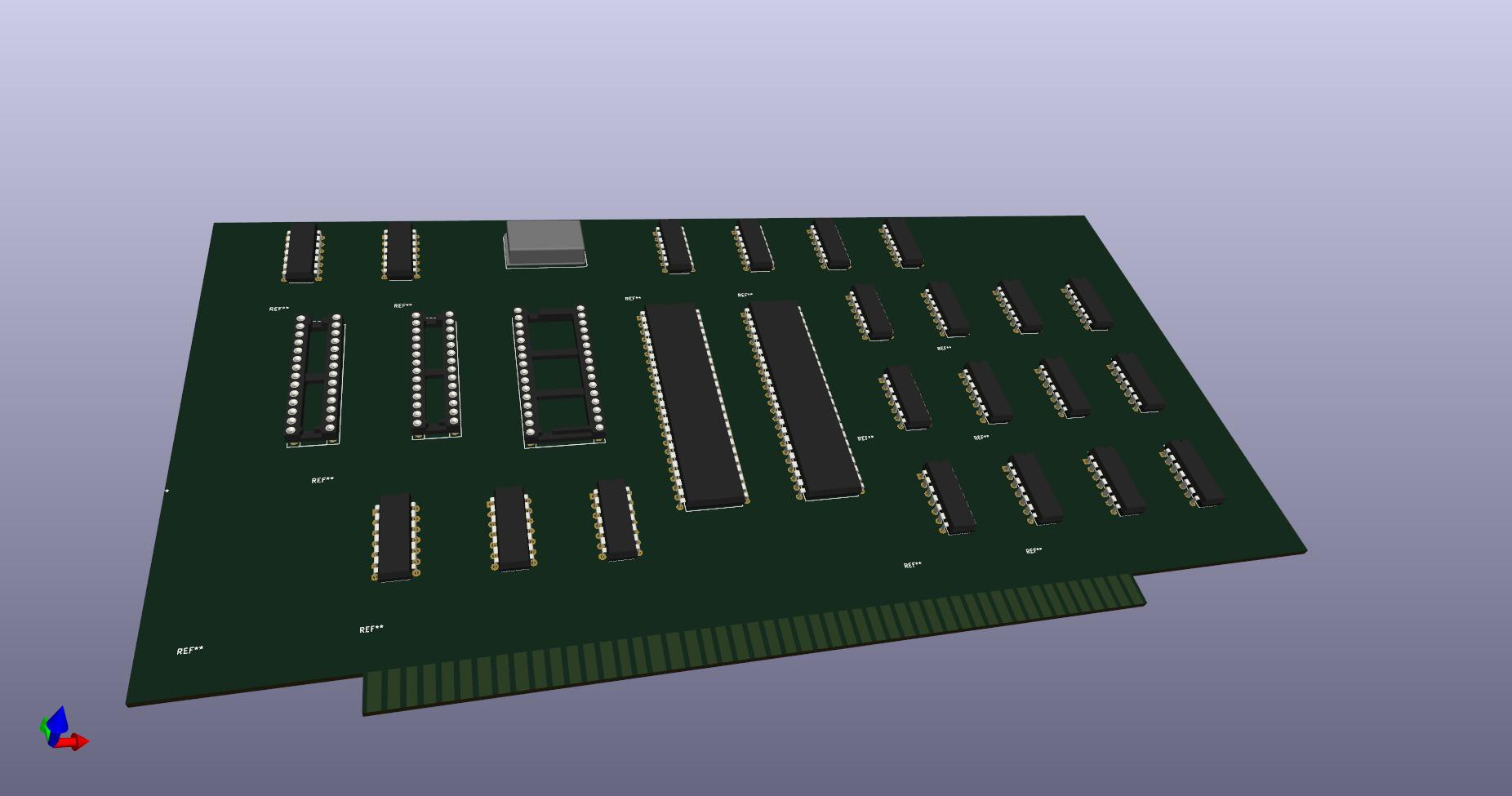
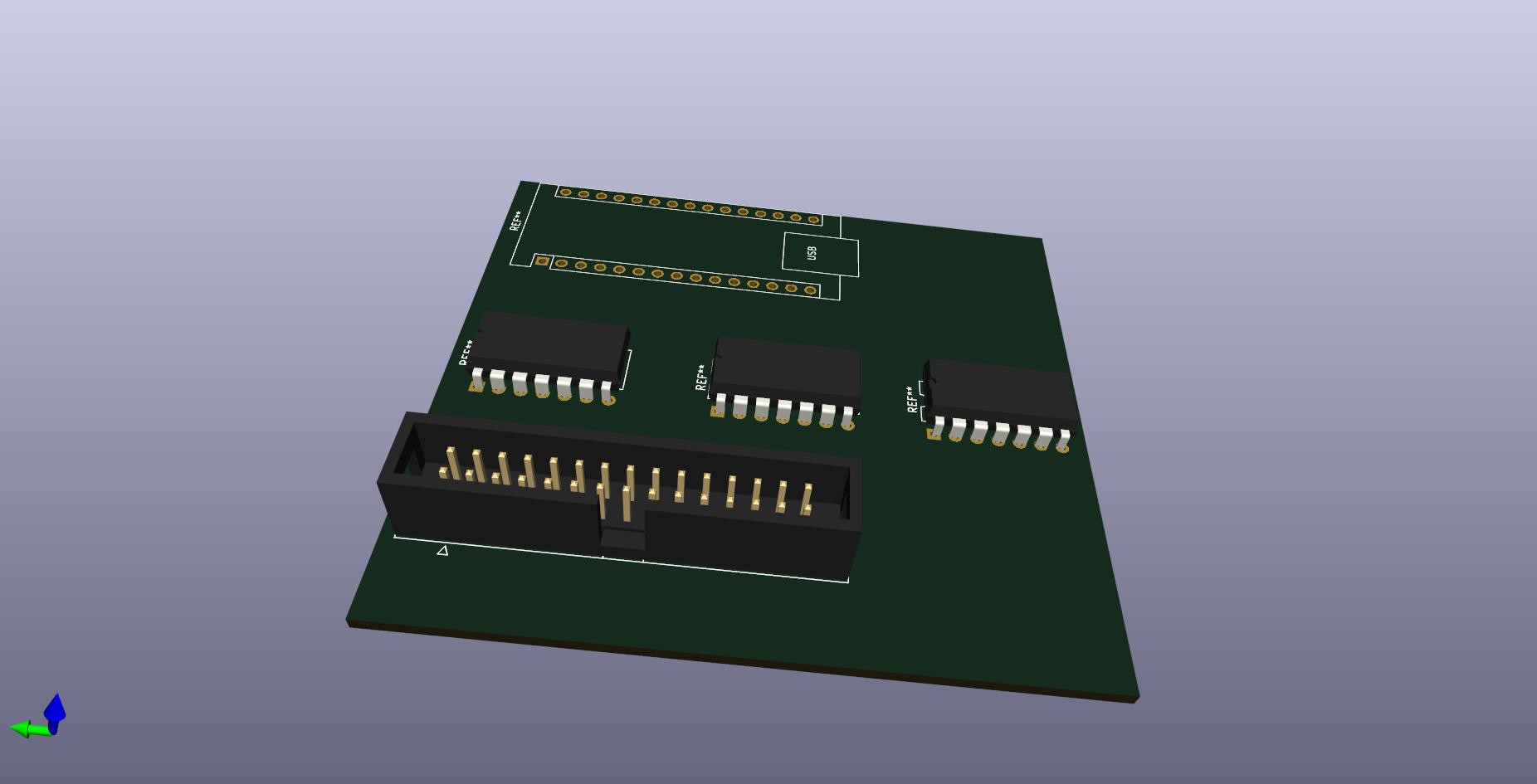
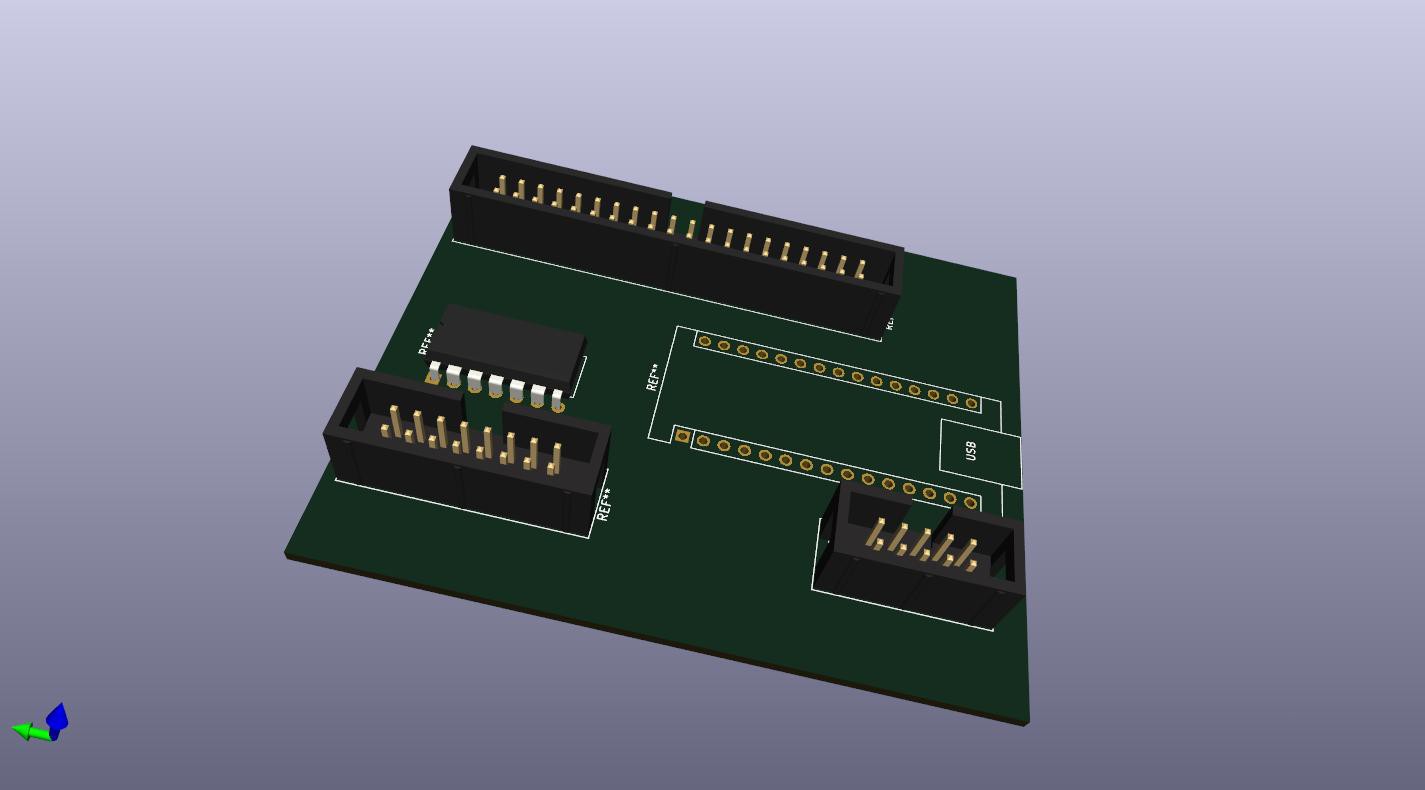
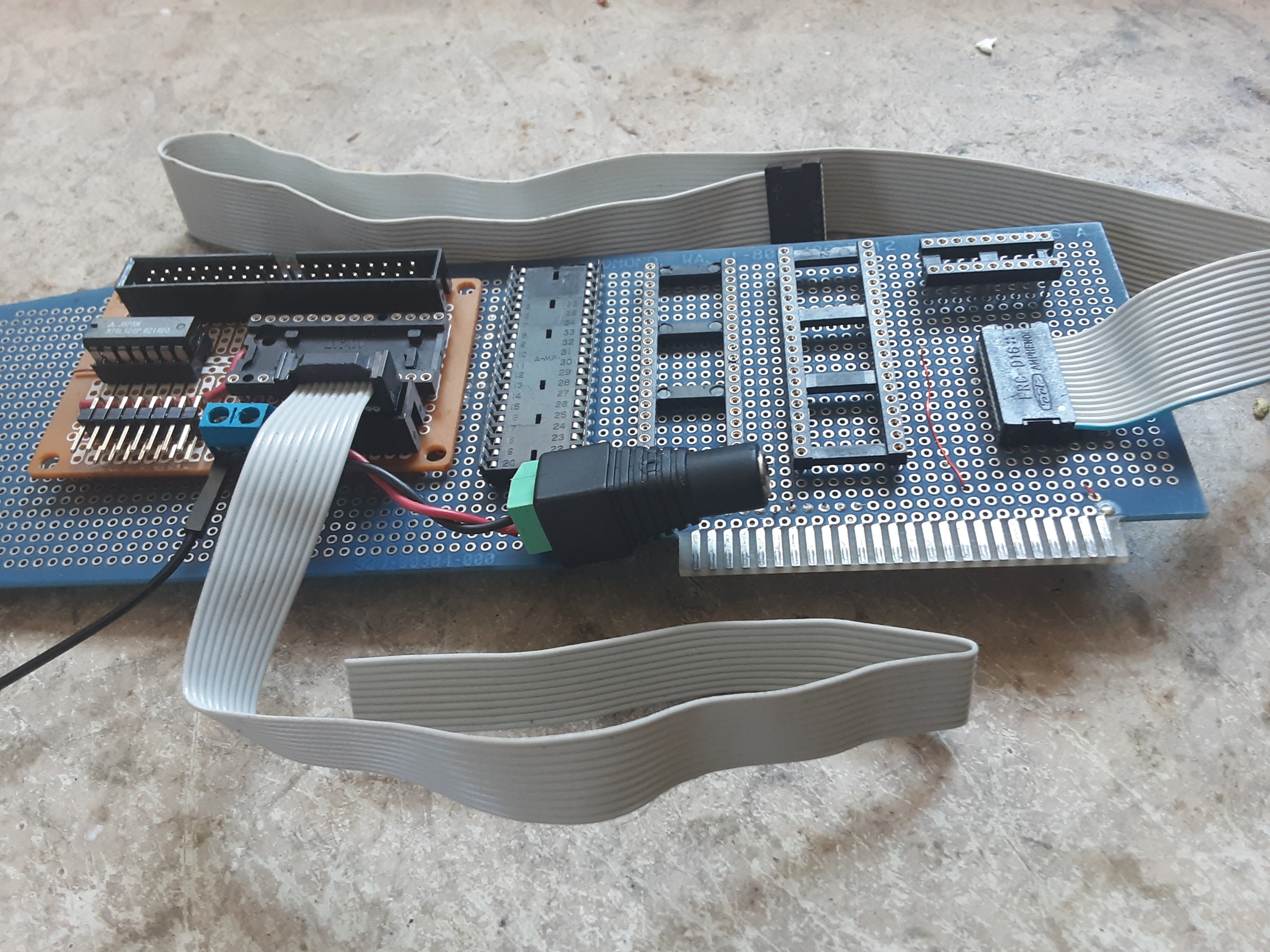
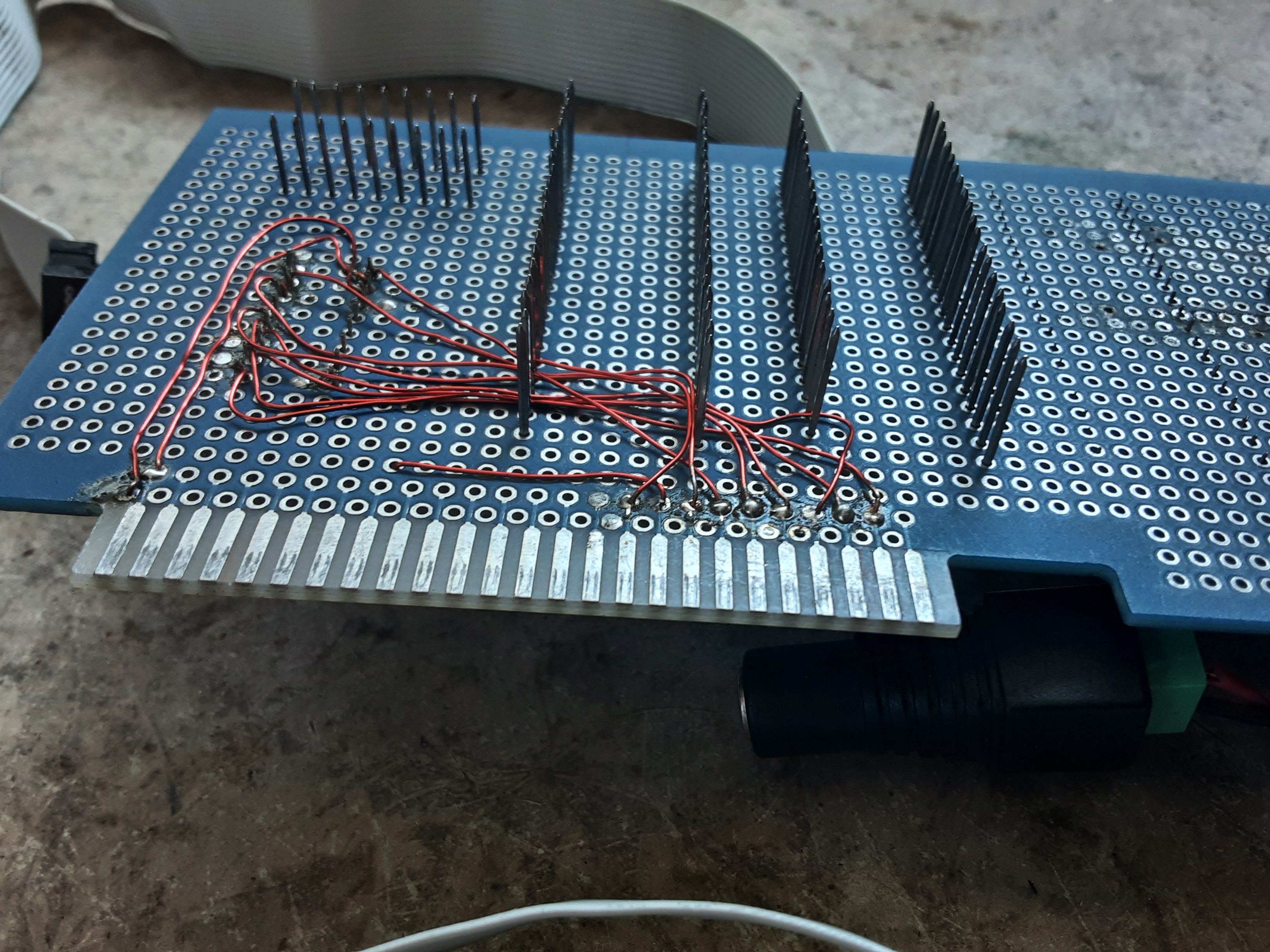
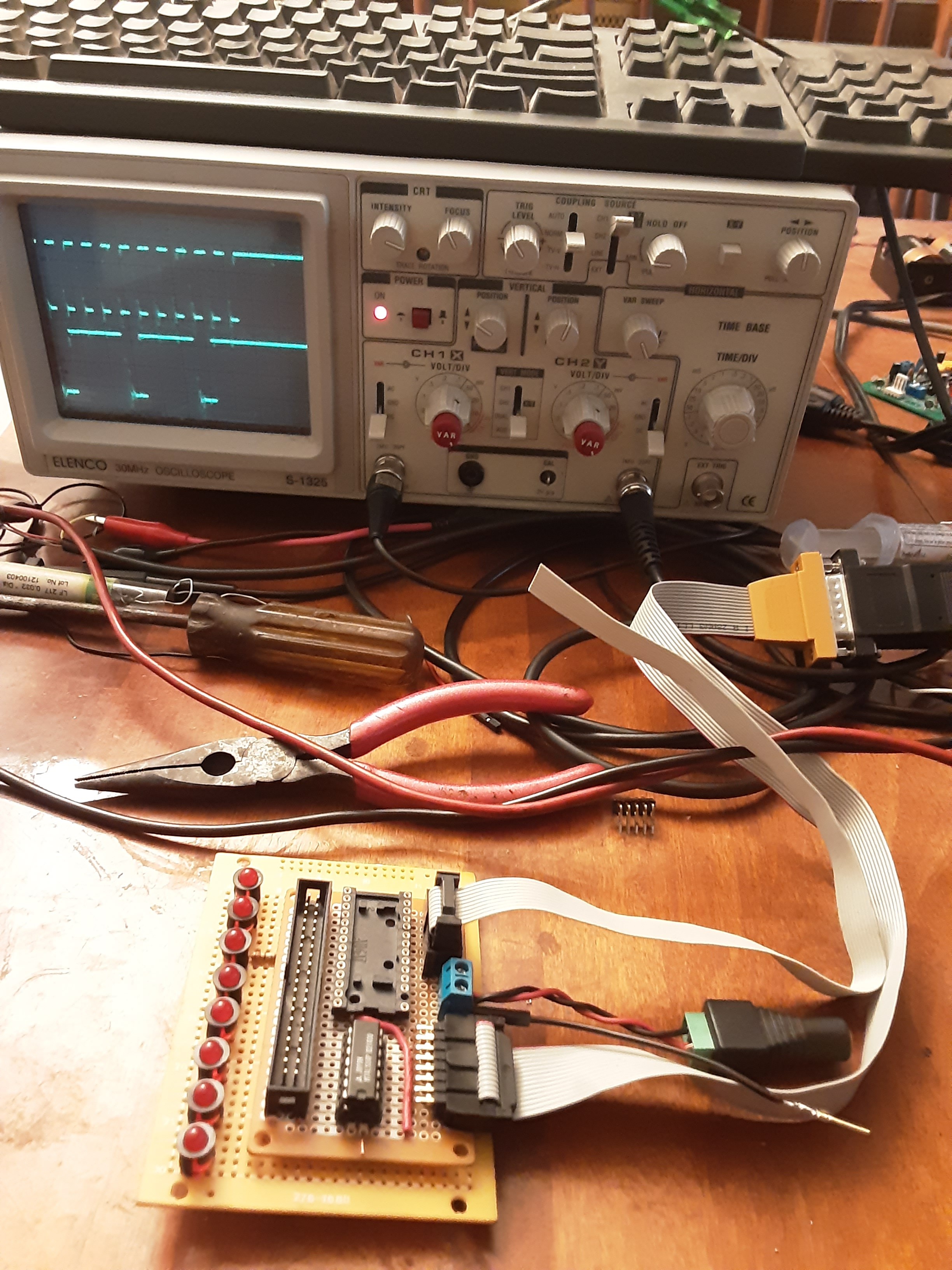
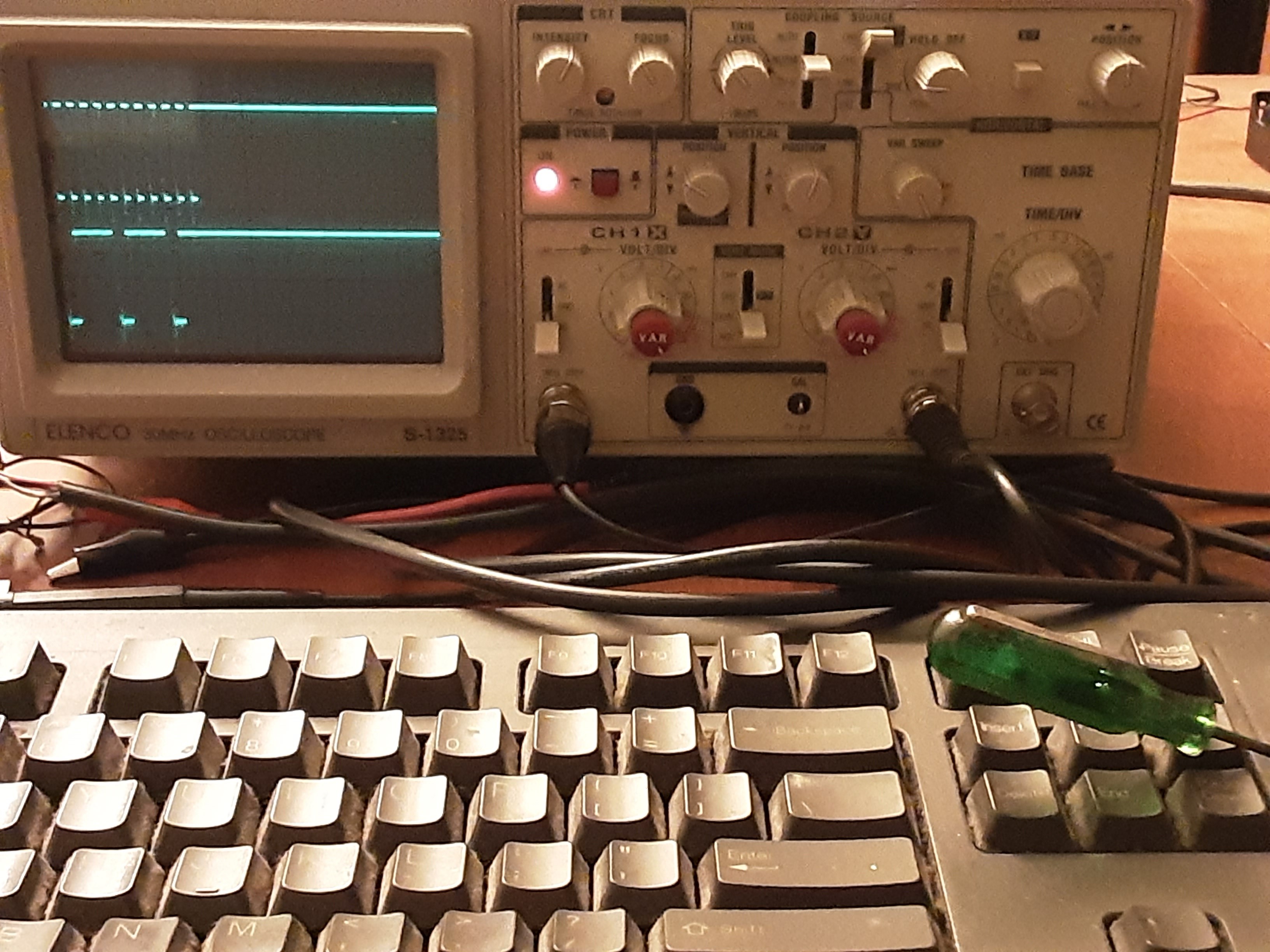
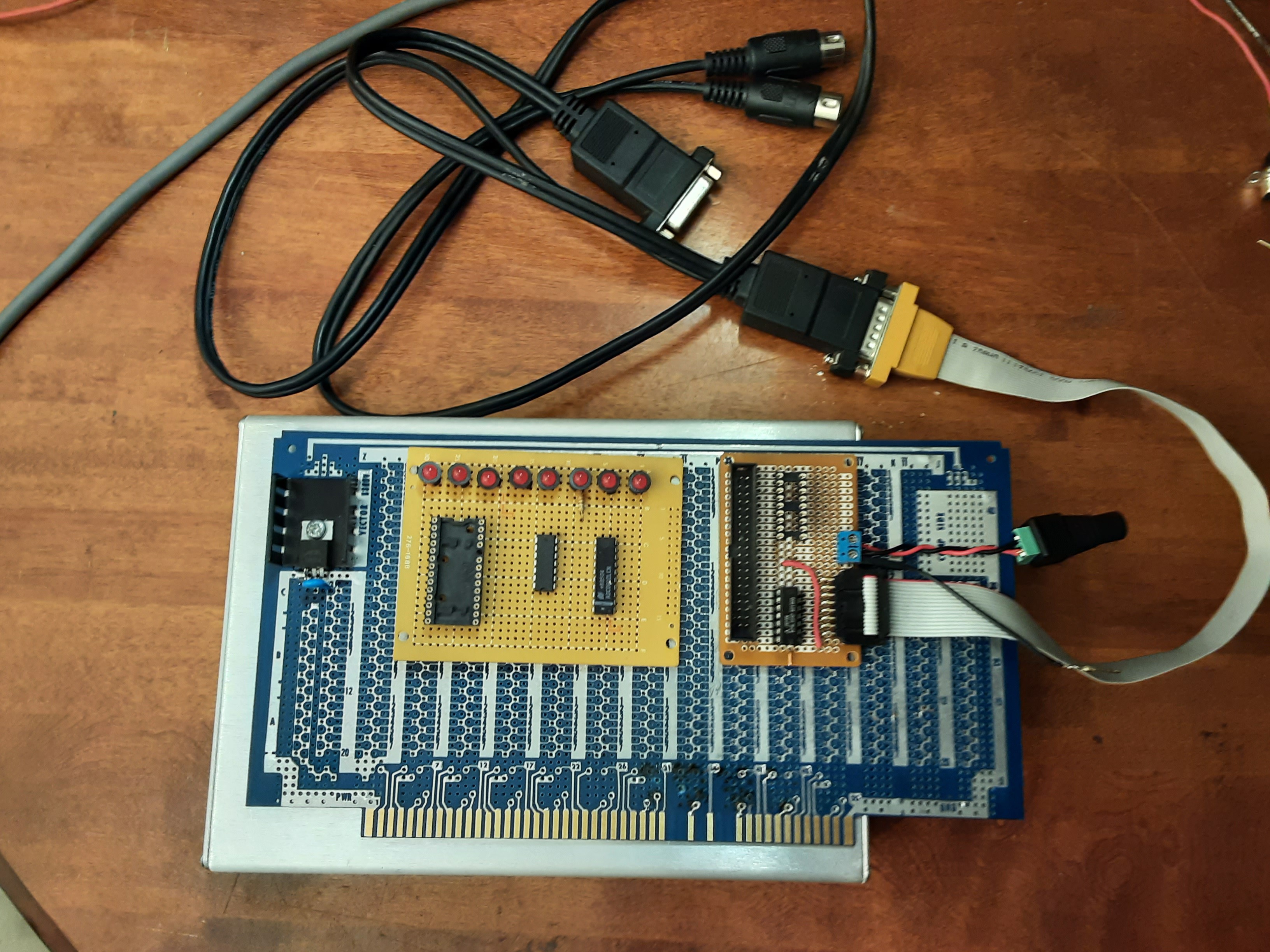
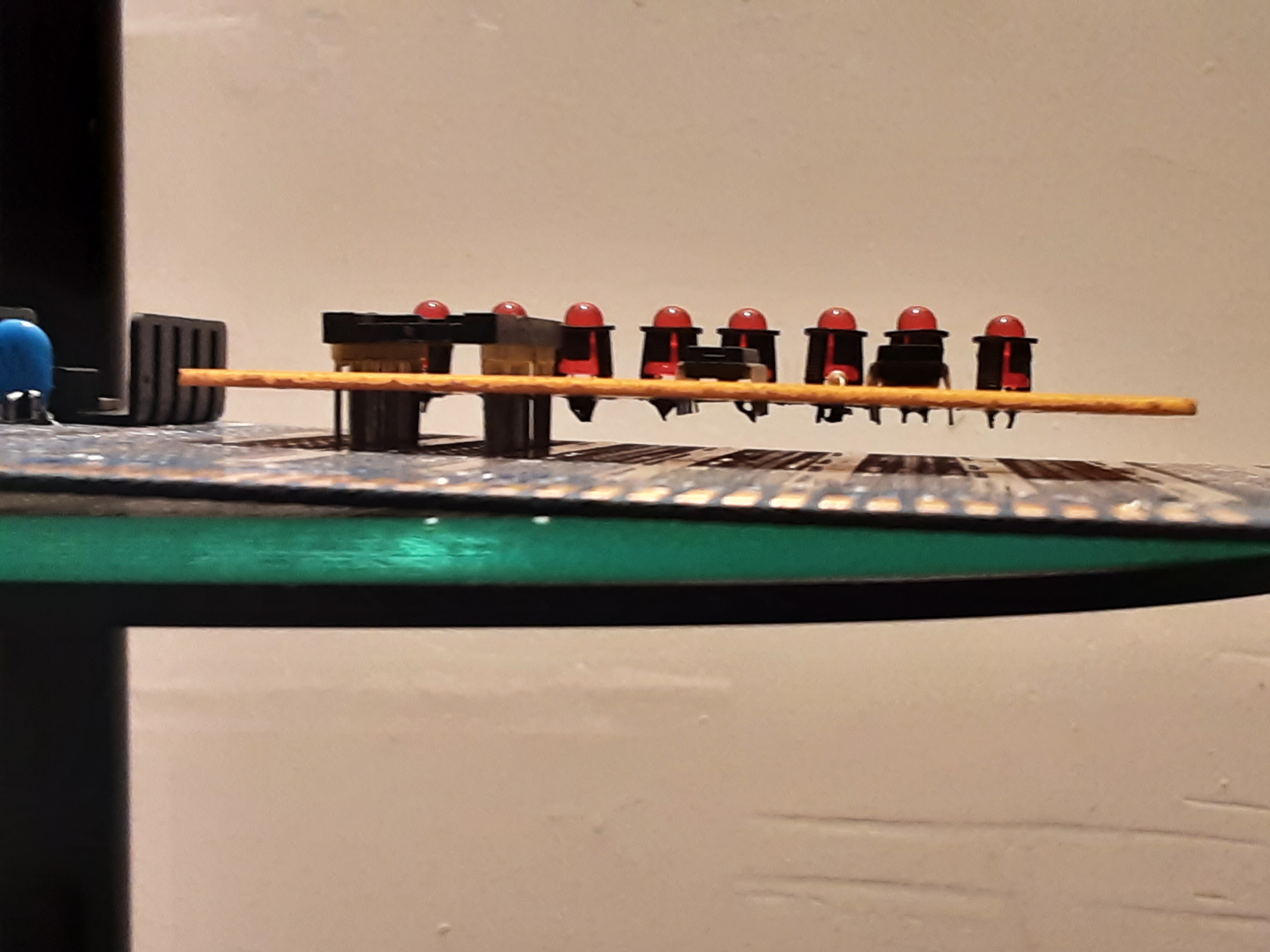
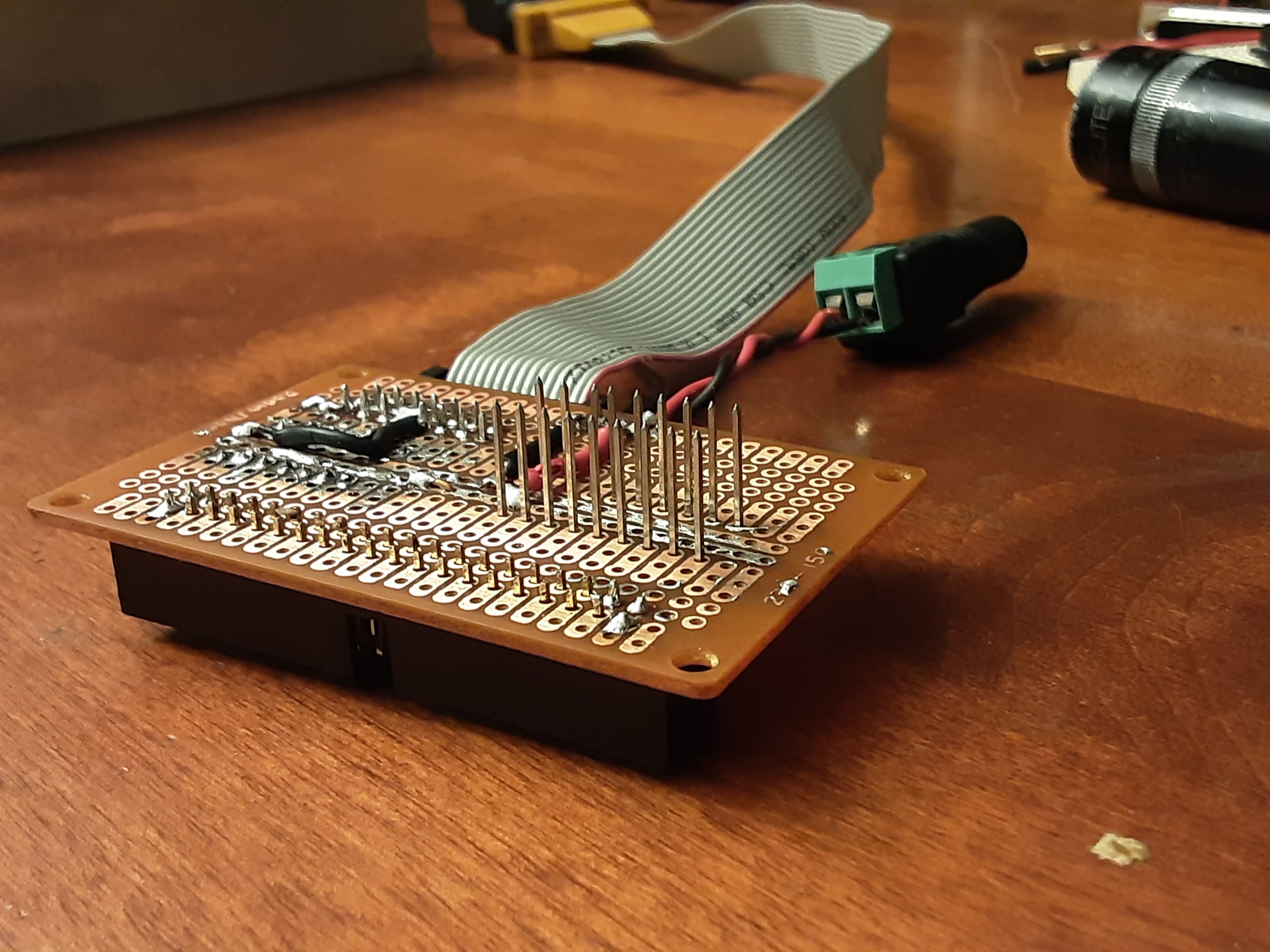
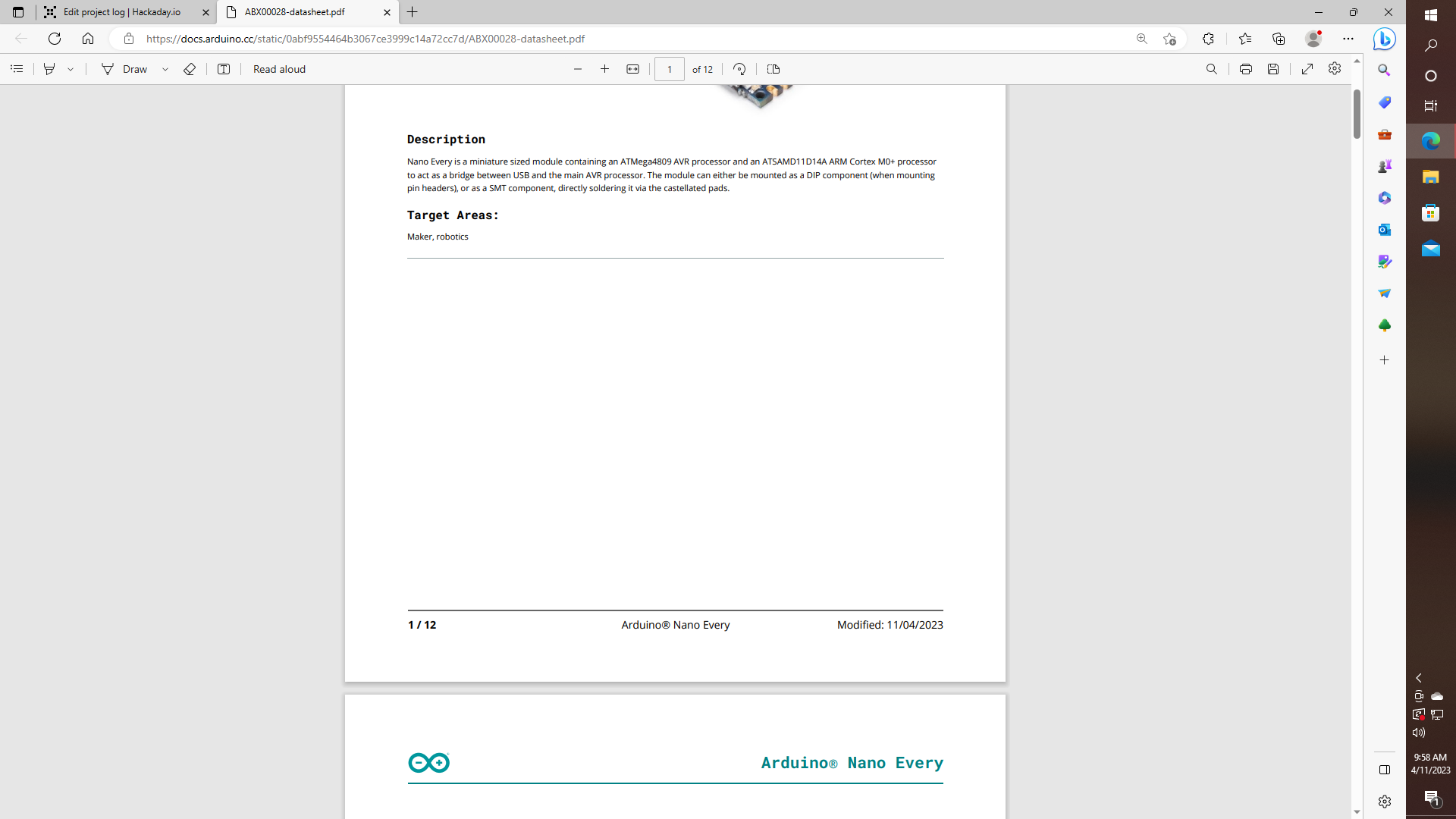
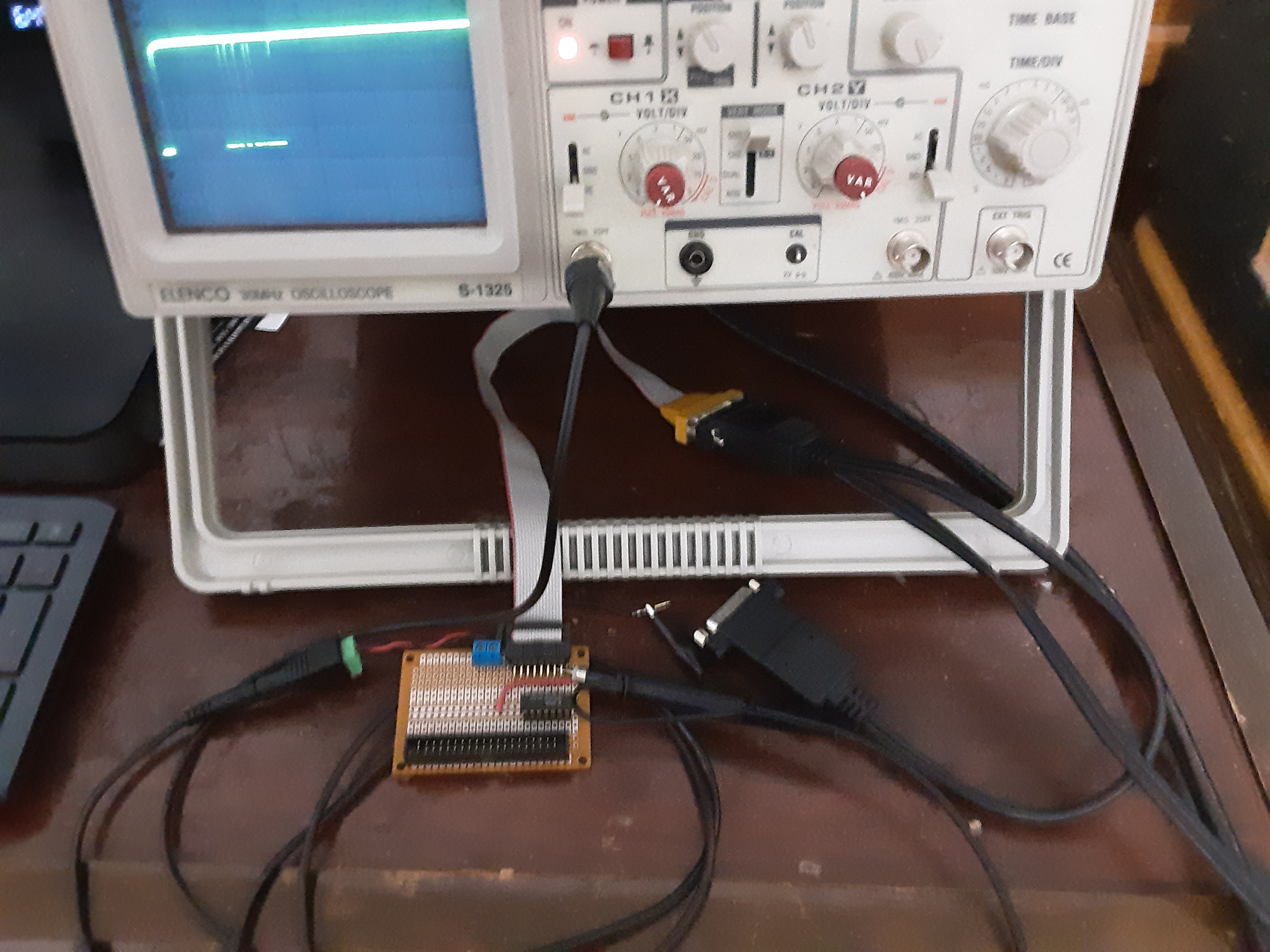
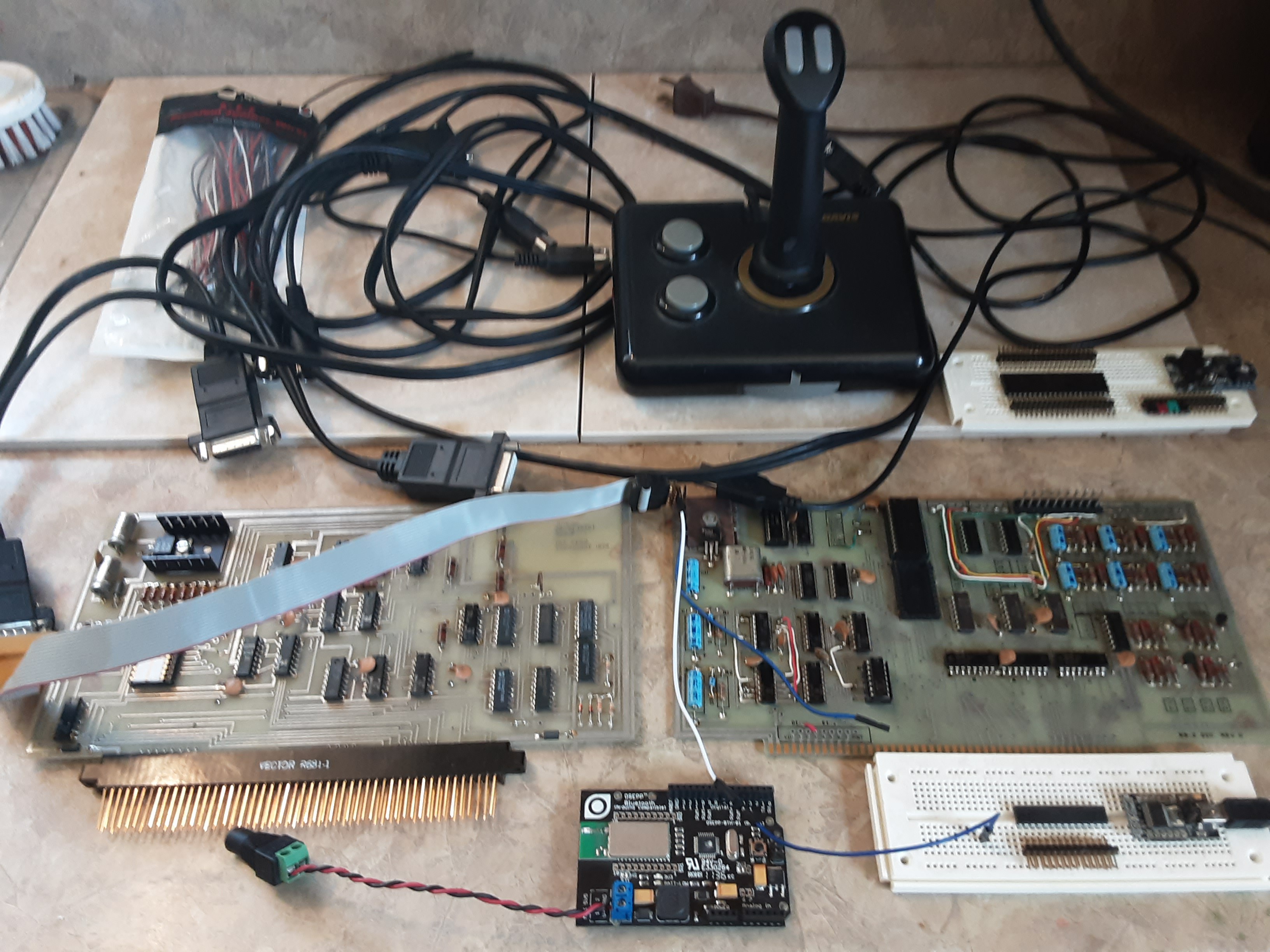
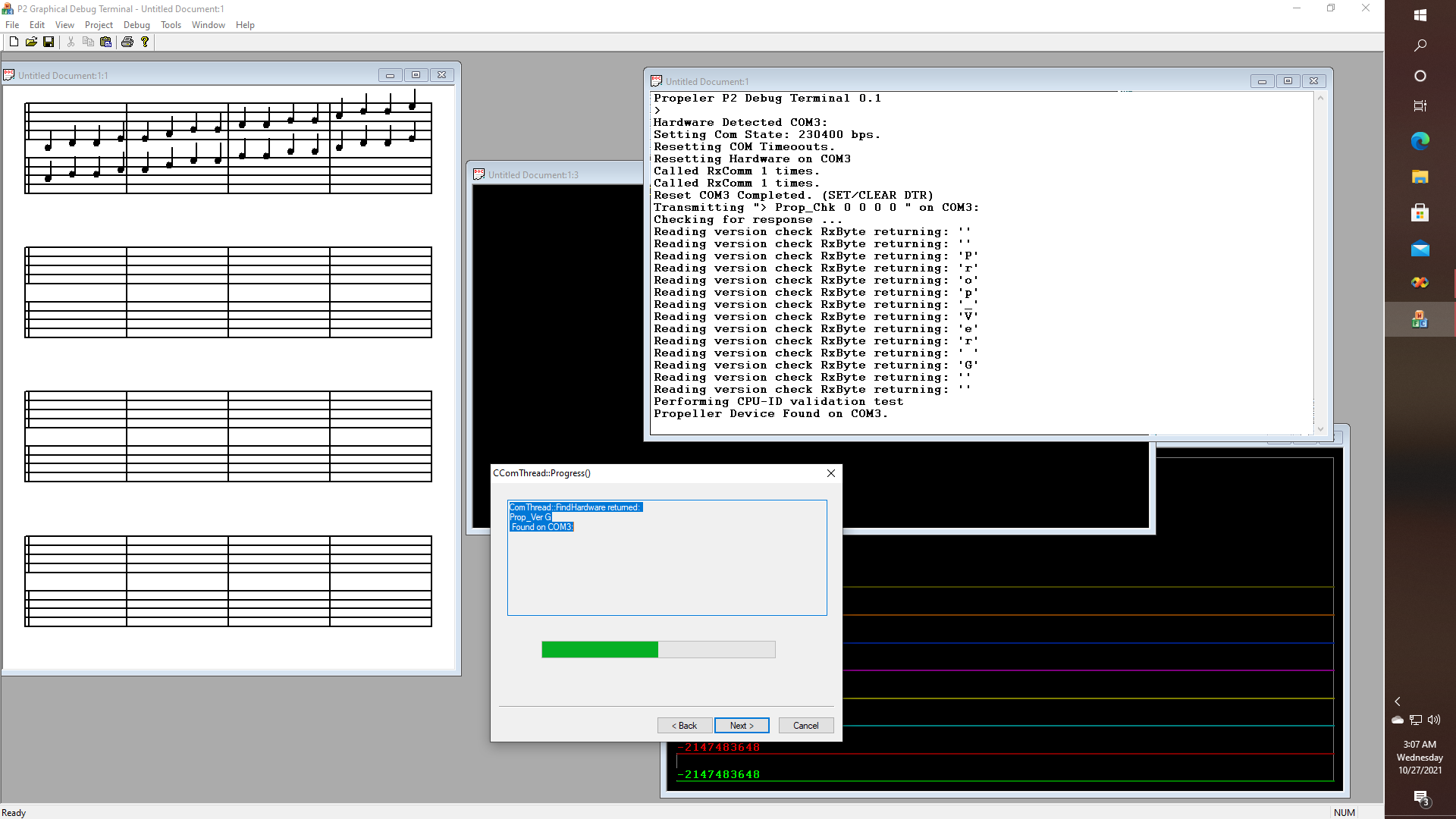
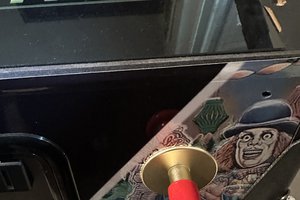
 Jason Nelson
Jason Nelson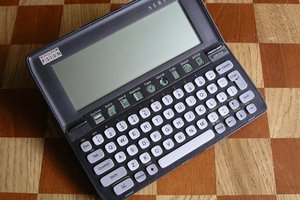
 Alex Brown
Alex Brown
 ziggurat29
ziggurat29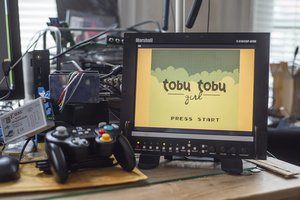
 Wenting Zhang
Wenting Zhang